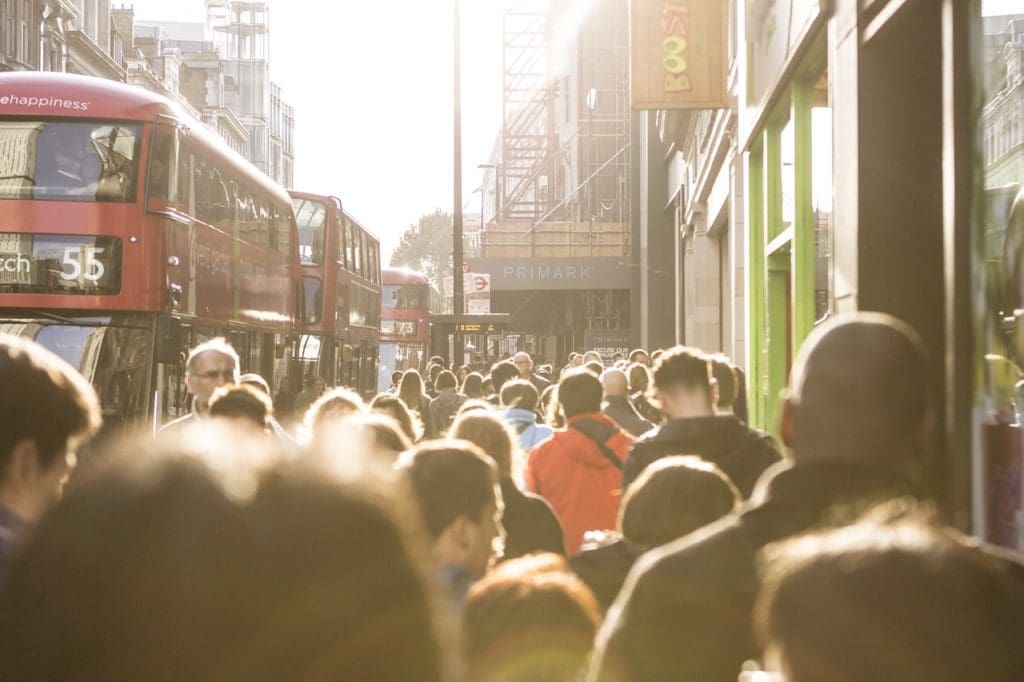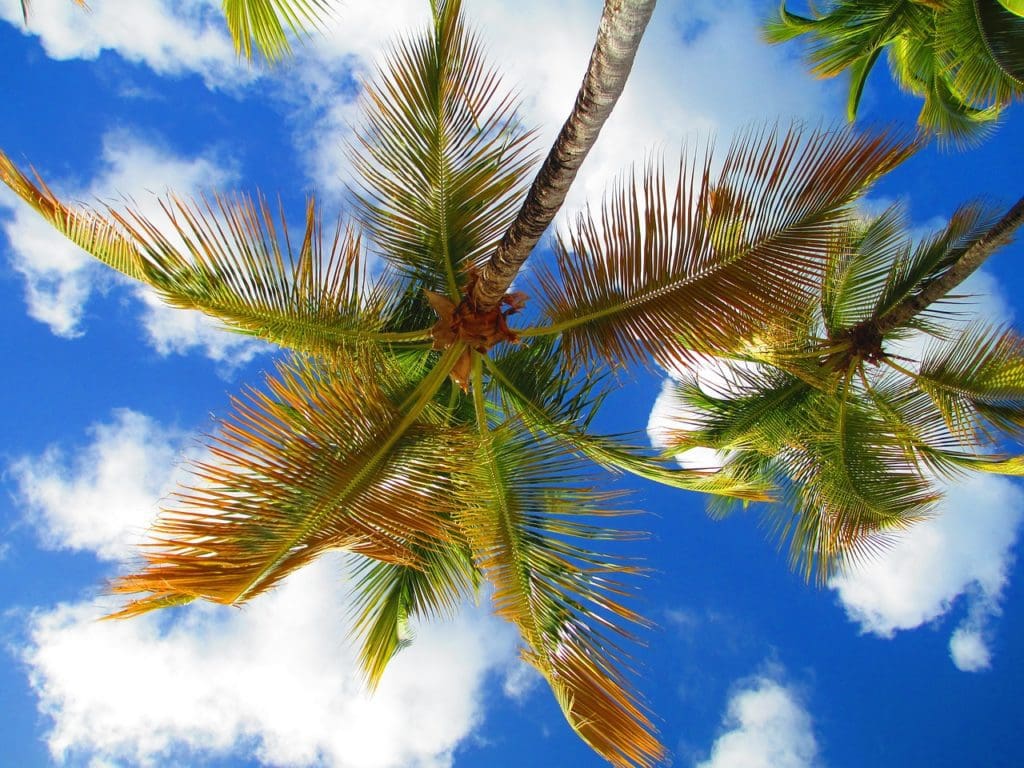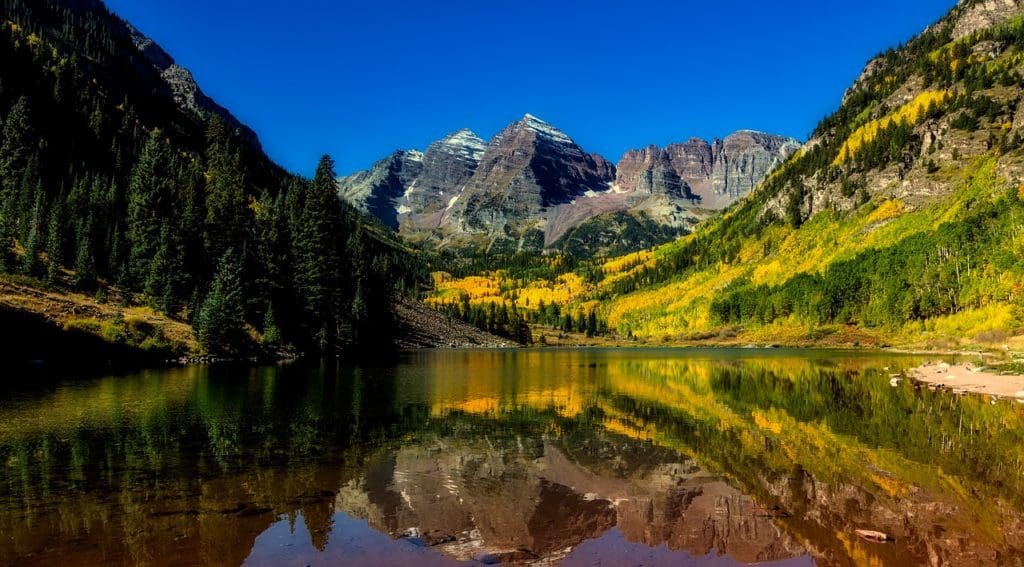 Millions of people travel over the holidays. That’s not shoulder season. Families flock to the Caribbean during spring break. That’s not shoulder season. New Orleans during Mardi Gras? Nope, even though there are so many people you are rubbing shoulders, that isn’t it either. So when exactly is this thing called shoulder season and why should you care?
Millions of people travel over the holidays. That’s not shoulder season. Families flock to the Caribbean during spring break. That’s not shoulder season. New Orleans during Mardi Gras? Nope, even though there are so many people you are rubbing shoulders, that isn’t it either. So when exactly is this thing called shoulder season and why should you care?
Shoulder season is the period between high season, when the most people visit a destination, and low season when the fewest people go there. The exact times vary by location but generally occur in the spring and fall. Traveling during shoulder season offers lower prices than peak season and, in many ways, a better experience.
Europe Shoulder Season Benefits
 In Europe, the nicest weather and longest days are, of course, the summer months, making it prime time for a visit. But vacationing in Europe in summer comes with a price – both in dollars and in atmosphere. Airline tickets cost the most then because the demand is the highest. Perhaps more importantly, in many cities, you’ll find yourself elbow-to-elbow with masses of tourist and experience long lines to access attractions. In Venice, Barcelona, and Amsterdam, the crush of high-season tourism actually detracts from the experience.
In Europe, the nicest weather and longest days are, of course, the summer months, making it prime time for a visit. But vacationing in Europe in summer comes with a price – both in dollars and in atmosphere. Airline tickets cost the most then because the demand is the highest. Perhaps more importantly, in many cities, you’ll find yourself elbow-to-elbow with masses of tourist and experience long lines to access attractions. In Venice, Barcelona, and Amsterdam, the crush of high-season tourism actually detracts from the experience.
But from March to April and September to November, airfares are lower and the crowds are thinner. Granted, the temperatures are a little cooler, although that can be a welcome relief, particularly along the Mediterranean coast. You can save up to 45 percent on airlines’ high season pricing and hotels often offer discounted rates when fewer people are traveling. Popular attractions such as the Sagrada Familia and Anne Frank’s House become more accessible and you’re likely to find better opportunities to engage with the locals as you explore.
Caribbean Shoulder Season
 The Caribbean enjoys year-round sunshine and warmth, although hurricane season tends to be the most active mid-August through mid-September, so that is the least desirable time to visit. Conversely, more people want to get away from the cold and snow that blankets much of the U.S. in the winter months, so that is naturally high season in the Caribbean. Resort pricing is responsive to this demand cycle, so you’ll find savings without hurricane risks in early summer and late fall.
The Caribbean enjoys year-round sunshine and warmth, although hurricane season tends to be the most active mid-August through mid-September, so that is the least desirable time to visit. Conversely, more people want to get away from the cold and snow that blankets much of the U.S. in the winter months, so that is naturally high season in the Caribbean. Resort pricing is responsive to this demand cycle, so you’ll find savings without hurricane risks in early summer and late fall.
Specifically, the weeks between Thanksgiving and mid-December are some of the best times to take a Caribbean vacation. You’ll avoid the cost and the crowds of spring break and holidays, as well as the chance of unstable weather in hurricane season.
Shoulder Season for Active Adventure
 Certain activities have a shoulder season of their own. Ski resorts are naturally most popular in the coldest winter months, but wait until April in Whistler, British Columbia, for example, and you’ll have just as much snow and a lot less company on the slopes – and considerably lower resort prices to boot.
Certain activities have a shoulder season of their own. Ski resorts are naturally most popular in the coldest winter months, but wait until April in Whistler, British Columbia, for example, and you’ll have just as much snow and a lot less company on the slopes – and considerably lower resort prices to boot.
Shoulder season for scuba diving comes just before or just after the peak tourism period for the given area. In areas such as Maldives or Thailand that means the wet season (September – mid-October). Underwater visibility might be affected by an increase in plankton but that brings mantas and whale sharks in to feed. Water temperature drops and rain can be heavy but brief. The offset is that neither really matters when you’re underwater in a wetsuit and those factors tend to keep above-water tourists away and thus prices much lower.
Hiking shoulder season is typically early spring and late fall but shifts a little depending on location. In the Rocky Mountains, Cascades, and the northern Appalachians, it runs from late May to mid-June and again mid-September to mid-October. Lower altitudes and latitudes may run a little later. The days can be brisk to cold or even have a chance of snow, so you might need some extra gear, but it’s a great time to enjoy nature in solitude.
For outdoor adventure in the southern hemisphere, keep in mind that the seasons are reversed from the northern hemisphere, so fall is March to May and spring is September to November. Plan accordingly for skiing in Patagonia, snorkeling the Great Barrier Reef or hiking (tramping) in New Zealand.
To plan your own shoulder season travel, use the resources of one of the expert vacation advisors at Covington.







Leave a Reply